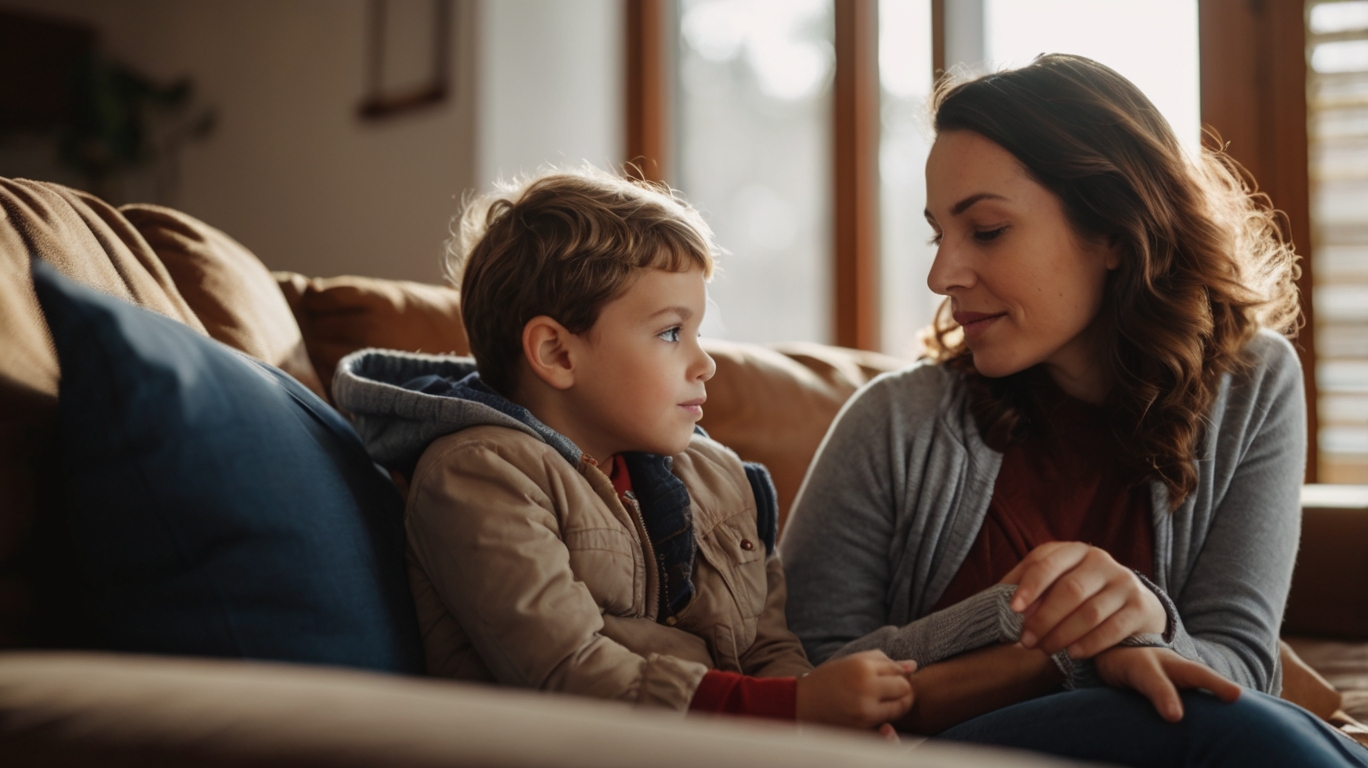Ever had one of those days?
The kind where you spill your coffee, the kids are screaming, work emails won’t stop dinging, and you’re about two seconds away from yelling, crying or both?
If you’re a parent or caregiver, you’ve probably been there, even when you’re trying to hold it together, your kids can feel your stress. Science calls this “stress contagion” your emotions are literally contagious to your child’s nervous system. (Yep, even if you fake a smile, they feel the tension in the air.)
But the good news is: your calm is contagious too, and modeling emotional regulation, especially when you’re stressed, might be one of the greatest gifts you can give your kids.
They’re Watching You (Even When You’re Not at Your Best)
Kids don’t just listen to what you say; they copy what you do. Research shows children “absorb” their caregivers’ stress responses, right down to their physiology. In one study, babies’ heart rates synced with their stressed mothers, even without words being spoken.
So, when you slam a door or snap in frustration, your child learns, “This is how we handle big feelings”, but when you pause, take a deep breath, and respond calmly, they learn, “Okay, we can handle this. Feelings aren’t emergencies.”
The long-term payoff? Kids who grow up with calm role models tend to be more resilient, better at problem-solving, and even perform better in school.
But how do you actually do this when you’re overwhelmed?
5 Research-Backed Ways to Model Emotional Regulation (Even When You’re Stressed)
1. Pause and Breathe (Visibly!)
Take a big, slow breath and do it on purpose so your kids can see. Neurobiology shows deep breathing activates the parasympathetic “calm-down” system, and kids will often copy your breathing subconsciously.
2. Label Your Feelings Out Loud
Say something like, “I’m feeling stressed, so I’m going to slow down for a minute.” Psychologists call this emotion coaching, and kids whose parents routinely label feelings are better at understanding and managing their own emotions later in life.
3. Model Healthy Coping Strategies
Show them what you do to calm down, stretching, drinking water, taking a quick walk. The key is to do it with them sometimes: “Let’s take three deep breaths together before we figure this out.”
4. Repair When You Mess Up
Nobody stays calm 100% of the time. If you yell or snap, circle back: “I’m sorry I yelled. I was feeling stressed, but that’s no excuse. Next time I’ll take a break first.” Studies show parental apologies actually strengthen a child’s emotional security.
5. Ditch Perfection, Be Authentic
Trying to act like you’re never stressed doesn’t fool kids, it actually increases their anxiety. Research by Dr. Sara Waters found kids’ stress levels rise when parents suppress emotions. So be honest (in an age-appropriate way): “I had a hard day, but I’m working on calming down.”
Why This Matters (Long-Term Payoffs for Your Kids)
Modeling emotional regulation isn’t just about surviving today’s meltdown. Over time, kids who grow up with emotionally regulated parents:
- Have lower anxiety and depression rates
- Develop better friendships and social skills
- Perform better academically (regulated brains learn better!)
- Grow into adults with higher emotional intelligence (EQ)
As one Harvard psychologist put it: “Your calm today is your child’s resilience tomorrow.”
One Last Thing: Give Yourself Grace
Parenting can get messy. You may lose it sometimes, and that’s understandable. What matters most is showing your kids that feelings can be handled in healthy ways.
Next time you feel that wave of frustration rise, try this:
Pause. Breathe. Choose your response.
Every time you do, you’re teaching your child a skill that will serve them for life, and that’s a win, even on the cereal-spilling days.





